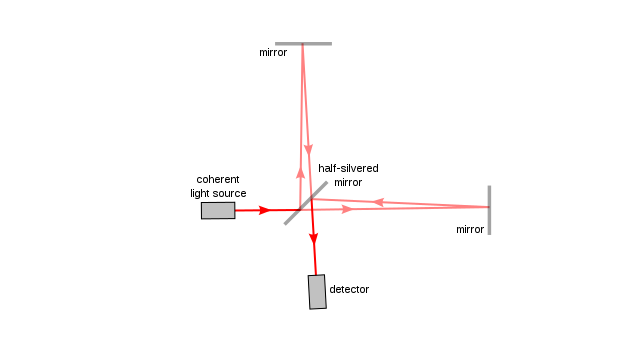
Interferometry
Interferometry is a diagnostic and investigative technique that exploits the phenomenon of interference between waves. When two or more waves overlap at a point in space, it is observed that the intensity of the resulting wave at that point may be different from the sum of the intensities of the starting waves. To analyze the resulting wave, or rather, the interference fringes, instruments called interferometers are used.
In particular, laser optical interferometry is a powerful instrument that allows distances, velocities, displacements and vibrations to be measured with extreme accuracy and reproducibility. The technique is therefore compatible with analyses ranging from industrial metrology to space telemetry, from plasma physics to seismology.
Lasers play a crucial role in interferometry, a technique used to measure very small distances, surface irregularities, or changes in refractive index with extreme precision. The types of lasers commonly used in interferometry include He-Ne lasers, diode lasers, and frequency-stabilized lasers, each selected for their coherence, wavelength stability, and beam quality.
He-Ne (Helium-Neon) lasers are among the most widely used in interferometric applications due to their excellent coherence length, beam stability, and low noise. Operating typically at 632.8 nm, He-Ne lasers provide a clean, stable beam ideal for high-precision measurements in optical metrology, surface profiling, and displacement sensing. Their consistent output makes them a standard choice for laboratory interferometers and calibration systems.
Diode lasers are also commonly used in interferometry, especially in portable, compact, or cost-sensitive systems. Although their coherence length is typically shorter than that of He-Ne lasers, diode lasers can be engineered for improved performance and wavelength stability. They are often used in fiber-optic interferometers, biosensing, and MEMS characterization, where size, tunability, and integration are key advantages.
Frequency-stabilized lasers are used in high-precision interferometric setups, especially in scientific research and advanced engineering. These lasers maintain a very narrow linewidth and a highly stable output frequency, which is essential for ultra-sensitive applications such as gravitational wave detection (e.g., LIGO), precision spectroscopy, and dimensional metrology. Frequency-stabilized lasers can be based on gas, diode, or solid-state sources, depending on the required wavelength and application.
The choice of laser in interferometry depends on the required measurement sensitivity, environmental stability, and system configuration. He-Ne lasers are often used for classic precision setups, diode lasers for compact and flexible solutions, and frequency-stabilized lasers for the most demanding interferometric measurements.


